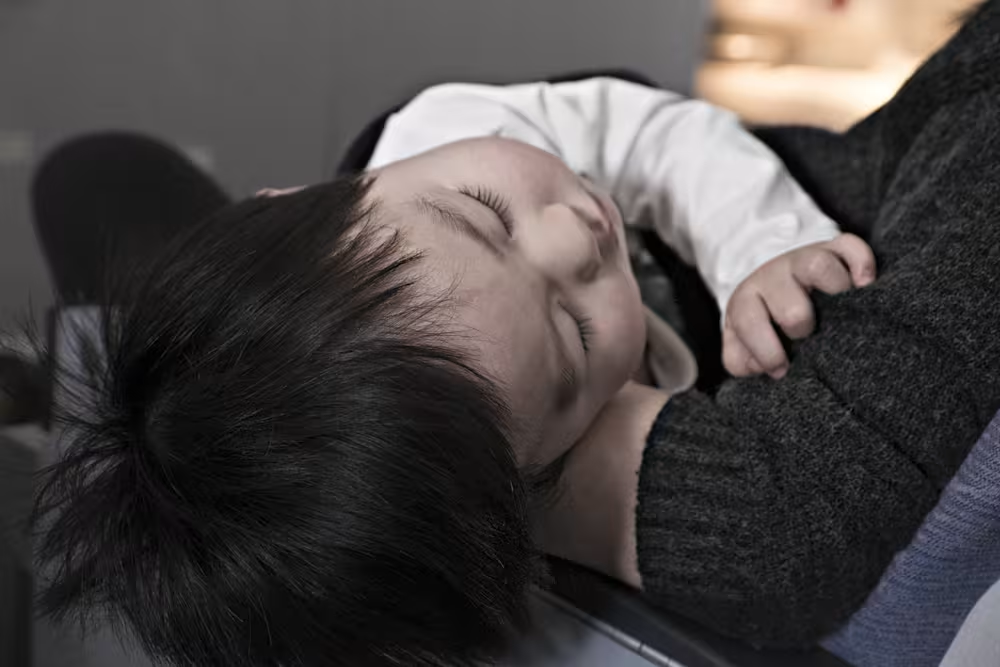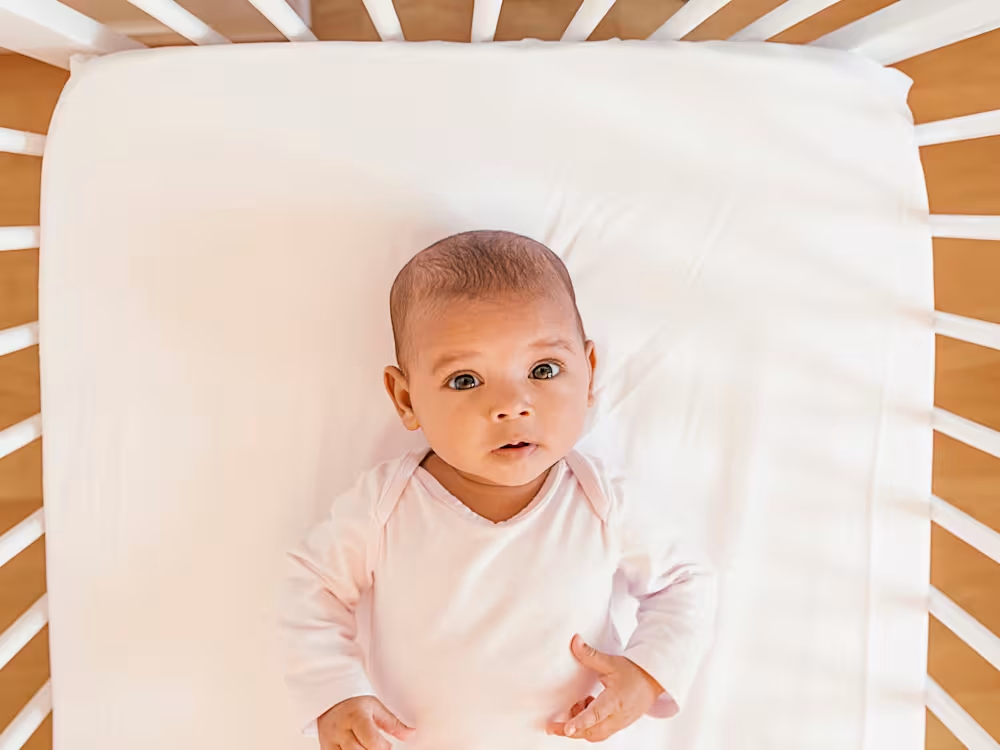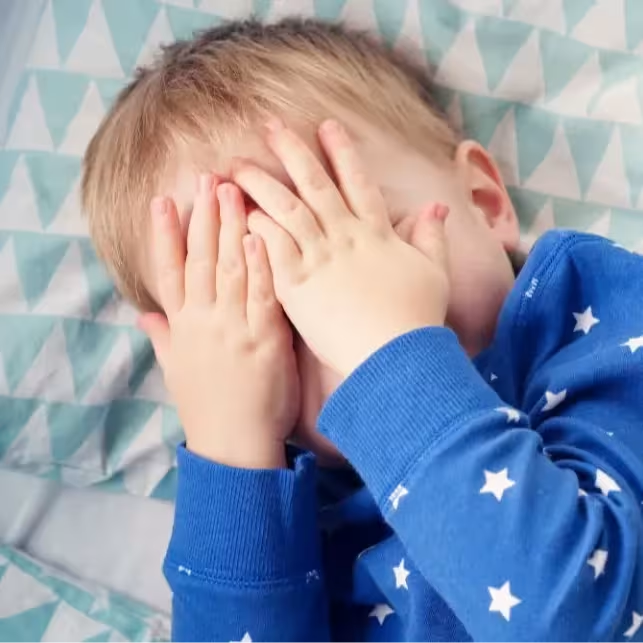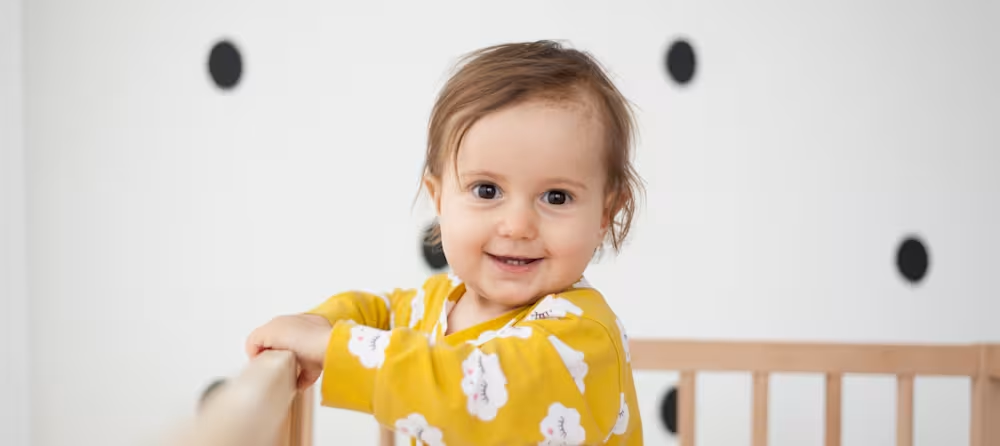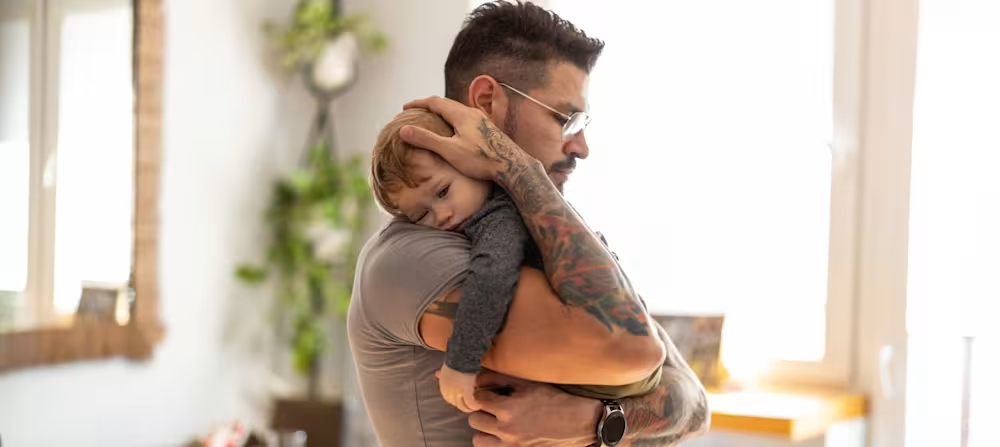What is sleep training? What is the purpose of it?
Updated Dec 09, 2025

What do politics, Bigfoot, and sleep training have in common? They’re all topics that can trigger incredibly heated debates. Which is why you’re not alone if you find yourself torn on whether to sleep train. While every parent wants their child to sleep well, not all parents (or experts) agree on the best way to achieve healthy sleep habits.
Parents who decide to sleep train will quickly discover that there are many different sleep training methods. To complicate matters, there are also a lot of misconceptions about sleep training and baby sleep in general. This conflicting information is bewildering! It’s especially frustrating to a sleep-deprived parent looking for the “right” way to help their baby sleep better.
Our sleep experts have helped thousands of families improve sleep and we want to let you in on a little sleep consulting secret - there is no one “right” way to sleep train or help your baby sleep better.
When you’re considering how to improve your child’s sleep, there is no one-size-fits-all answer. The method that will work best for your family depends on your family’s situation, your parental style, your child’s sleep patterns, and temperament. What works well for one family won’t necessarily be the best fit for another.
Table of Contents
What is sleep training?
Sleep training is a way to help children learn to fall asleep independently when they’re developmentally ready to do so. However, since sleep training is just one piece of the puzzle, we’ll first consider other contributing causes when analyzing a child’s sleep issues. We often find that adjusting factors - such as the child’s schedule, environment, and bedtime routine - improve sleep without having to “sleep train.”
Rather than train a baby or toddler, we remove the obstacles to sufficient sleep and teach the child how to change their bedtime habits. Falling asleep without parental help is a skill that children can learn when they’re developmentally ready. There are a variety of ways to go about it, and they don’t all involve leaving your baby to cry.
Unfortunately the term “sleep training” gets a bad rap and is often interpreted by many to mean leaving a child to cry alone for long periods, without comfort, until they fall asleep. Since there are many gradual methods for sleep training that can limit tears, this is an unfortunate mischaracterization.
Share article:
Note: The content on this site is for informational purposes only and should not replace medical advice from your doctor, pediatrician, or medical professional. If you have questions or concerns, you should contact a medical professional.
Table of Contents
Share article:
